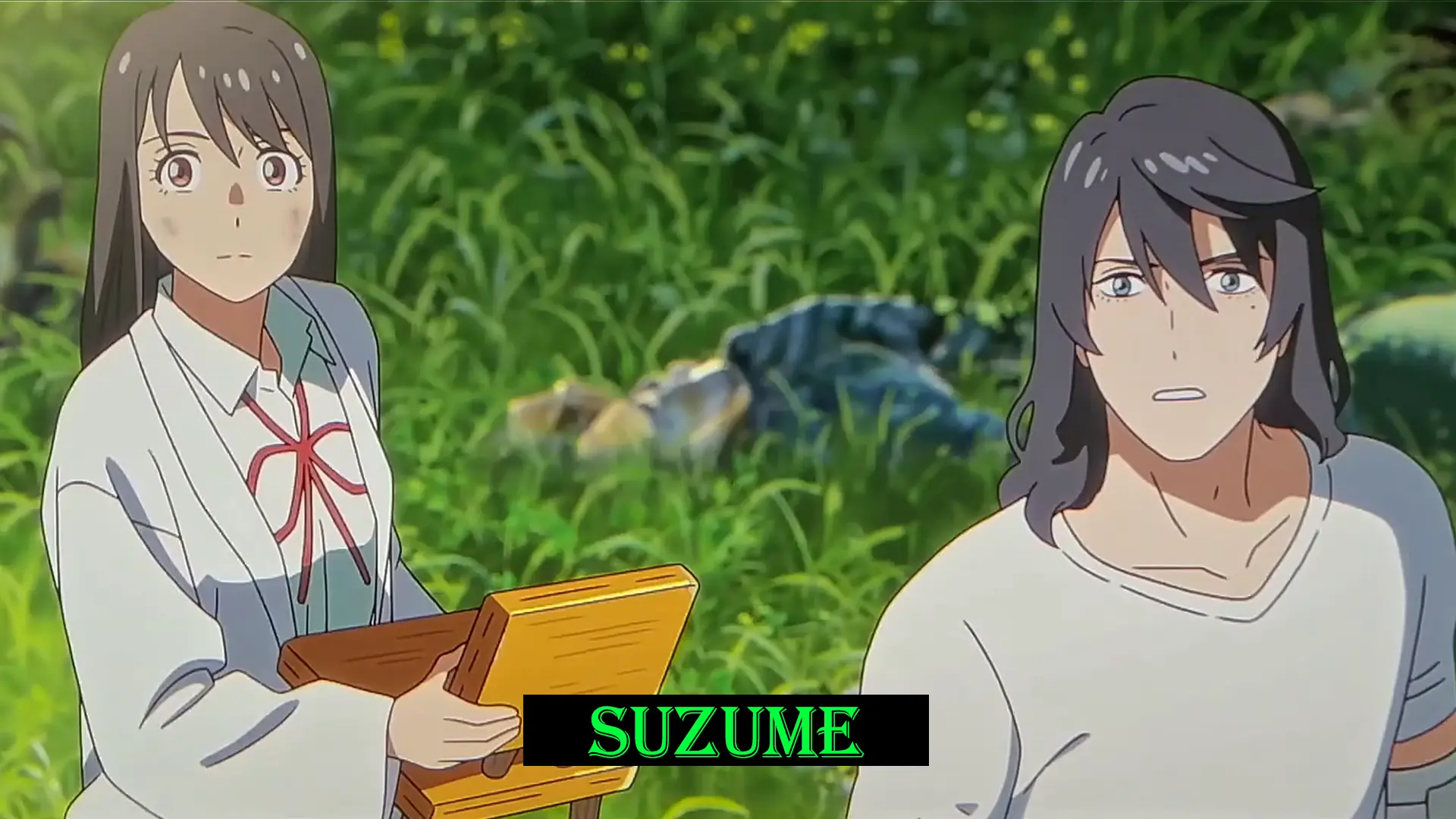
In Makoto Shinkai’s latest film, you begin to notice what sets it apart from his previous works like Your Name and Weathering With You. Shinkai, often compared to the legendary Hayao Miyazaki, decides to pay tribute to Studio Ghibli’s legacy in Suzume, bringing joy to Miyazaki fans.
However, Suzume remains distinctly a Shinkai film, reflecting the style we’ve come to expect from the Japanese animator. While Weathering… explored a world affected by climate change, this time Shinkai references the 2011 Tōhoku earthquake and tsunami.
The plot centers around Suzume Iwato, a 17-year-old orphaned schoolgirl who unintentionally opens a portal to an alternate dimension. This triggers a series of events involving a talking cat named Daijin, opening similar doors across Japan, posing the threat of catastrophic earthquakes caused by a giant worm.
Suzume and Sōta, a “Closer” trying to remedy the situation, embark on a journey to stop Daijin and prevent natural disasters. The film blends stunning visuals, featuring sunlight, clouds, and rain droplets, with a captivating narrative that includes ordinary people and landmarks like Mount Fuji.
Shinkai’s emphasis on finding beauty in the ordinary is evident, and Suzume shines when it injects humor into the serious themes. The movie pays homage to Miyazaki’s works, introducing a variety of supporting characters that add vibrancy to the journey.
Despite occasional moments that feel prolonged and a departure from Shinkai’s usual melancholy and romantic tone, Suzume delivers an emotional impact towards the end. While it may not reach the aesthetic beauty of The Garden of Words or the dramatic intensity of Your Name, it succeeds as a coming-of-age story, addressing emotional and physical healing after natural disasters.
In conclusion, Suzume may not surpass Shinkai’s earlier masterpieces, but its themes and emotional depth make it a worthy continuation of his cinematic legacy.

